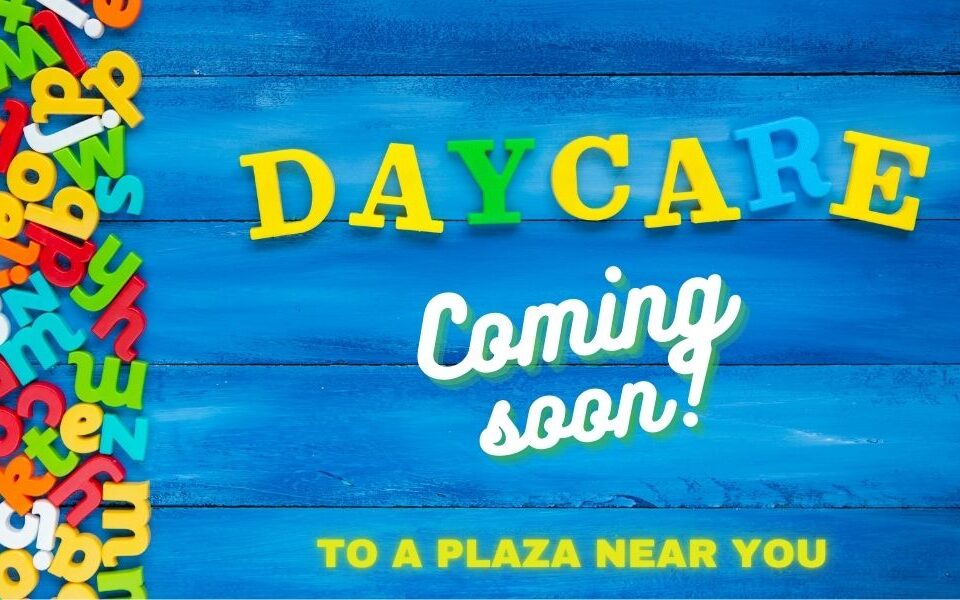
Top Five Things Your Agent Needs To Know
February 8, 2024
Navigating the Changing Tides: Edmonton’s Retail Market in 2024
April 3, 2024Key Considerations for Leasing Retail Space Leasing commercial retail space is a significant decision for any business owner. The success of a retail business often hinges on the location, suitability of the space, lease terms, financial considerations, legal compliance, and the ability to maximize the potential of the space. In this article, we will explore each of these key considerations in detail, providing valuable insights and tips for business owners looking to lease commercial retail space.
Understanding the Importance of Location: Factors to Consider When Leasing Commercial Retail Space
When it comes to retail, location is everything. The right location can attract a steady flow of customers and contribute to the success of your business. When evaluating potential locations, consider factors such as foot traffic, accessibility, visibility, competition, and target market demographics. Foot traffic is a crucial consideration for retail businesses. Look for locations with high pedestrian traffic, such as shopping malls, busy streets, or areas near popular attractions. Accessibility is also important, as customers should be able to easily reach your store by car, public transportation, or on foot. Visibility is another key factor – a location with good visibility will help attract customers and increase brand awareness. Understanding your target market is essential when choosing a location. Consider the demographics of the area, including age, income level, and lifestyle preferences. For example, if you are targeting young professionals, a location near office buildings or trendy neighborhoods may be ideal.
Evaluating the Space: Key Considerations for Assessing the Suitability of Commercial Retail Space
Once you have identified a potential location, it is crucial to evaluate the suitability of the space itself. Consider factors such as size, layout, infrastructure, and potential for expansion. The size of the space should align with your business needs. Consider the amount of inventory you plan to carry, the number of employees, and the overall layout of your store. A space that is too small may limit your ability to display products effectively, while a space that is too large may result in wasted resources. The layout of the space is also important. Consider the flow of customers, the placement of aisles, and the visibility of key products or displays. A well-designed layout can enhance the customer experience and increase sales. Infrastructure considerations include the availability of utilities, such as electricity, water, and internet connectivity. Ensure that the space meets your specific requirements and that any necessary upgrades can be made without significant cost or disruption to your business. Finally, consider the potential for expansion. If your business is growing, you may need additional space in the future. Evaluate whether the space can accommodate future growth or if there are nearby options for expansion.
Navigating Lease Terms: Essential Factors to Negotiate and Understand in Commercial Retail Leases
Lease terms can significantly impact the success and profitability of your retail business. It is essential to negotiate and understand key lease terms before signing any agreement. One crucial factor to consider is the lease term itself. Determine whether a short-term or long-term lease is more suitable for your business. Short-term leases offer flexibility but may come with higher rental rates, while long-term leases provide stability but may limit your ability to relocate or negotiate better terms in the future. Rental rates and escalation clauses are also important considerations. Negotiate a fair rental rate that aligns with market conditions and your budget. Additionally, understand how rental rates may increase over time and whether there are any caps or limits on these increases. Other key lease terms to consider include maintenance responsibilities, common area fees, signage rights, and lease termination clauses. Ensure that you fully understand these terms and negotiate them to align with your business needs and goals.
Budgeting for Success: Financial Considerations for Leasing Commercial Retail Space
Leasing commercial retail space involves financial considerations that can significantly impact your bottom line. It is crucial to carefully budget and plan for these expenses to ensure the financial success of your business. In addition to the monthly rental payment, consider other costs such as utilities, insurance, property taxes, and maintenance fees. These expenses can vary significantly depending on the location and size of the space. It is important to accurately estimate these costs and include them in your budget. Another financial consideration is the cost of improvements or renovations to the space. Determine whether any modifications are necessary to meet your specific business requirements and negotiate with the landlord to share or cover these costs. Finally, consider the financial impact of the lease term itself. A long-term lease may require a larger upfront investment, while a short-term lease may result in higher rental rates. Evaluate your cash flow and financial projections to determine the most suitable lease term for your business.
Legal and Regulatory Compliance: Ensuring Compliance with Zoning Laws and Building Codes in Commercial Retail Leases
Compliance with zoning laws and building codes is a critical consideration when leasing commercial retail space. Failure to comply with these regulations can result in fines, legal disputes, or even closure of your business. Before signing a lease, ensure that the space is zoned for your specific type of business. Zoning laws regulate the types of activities that can be conducted in a particular area. Consult with local authorities or a real estate attorney to ensure that your business is permitted in the chosen location. Building codes govern the safety and structural integrity of commercial spaces. Ensure that the space meets all applicable building codes and that any necessary repairs or upgrades are completed before opening your business. Failure to comply with building codes can result in costly penalties or even closure of your business.
Maximizing Potential: Tips for Optimizing Commercial Retail Space to Drive Business Success
Once you have leased a commercial retail space, it is essential to maximize its potential to drive business success. Consider the following tips to optimize your space: 1. Create an inviting storefront: Invest in attractive signage, window displays, and lighting to attract customers and create a positive first impression. 2. Optimize the layout: Arrange products strategically to encourage browsing and impulse purchases. Consider the flow of customers and create clear pathways to guide them through the store. 3. Utilize technology: Embrace technology to enhance the customer experience. Implement point-of-sale systems, digital signage, and online ordering options to streamline operations and increase sales. 4. Engage with the community: Participate in local events, collaborate with neighboring businesses, and build relationships with customers to create a sense of community and loyalty. In conclusion, leasing commercial retail space involves several key considerations that can significantly impact the success of your business. Understanding the importance of location, evaluating the space, navigating lease terms, budgeting for success, ensuring legal compliance, and maximizing the potential of the space are all crucial steps in the leasing process. By carefully considering these factors and implementing effective strategies, business owners can set themselves up for success in the competitive retail industry.




